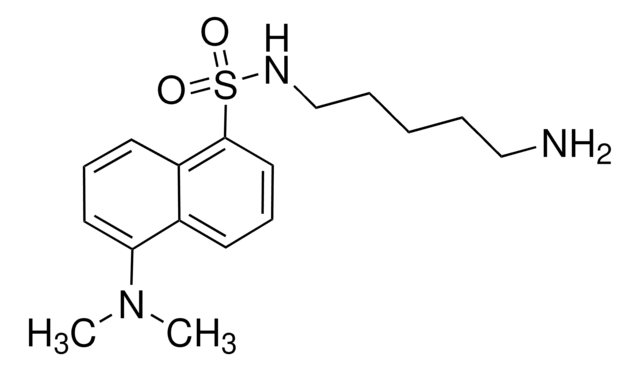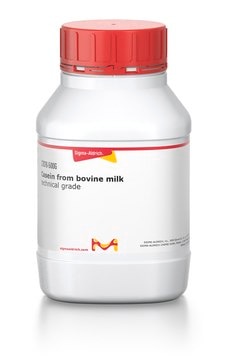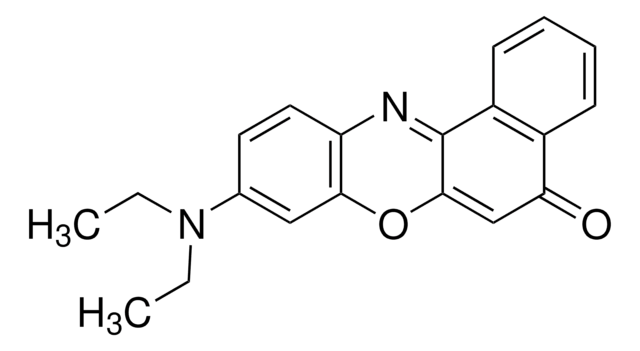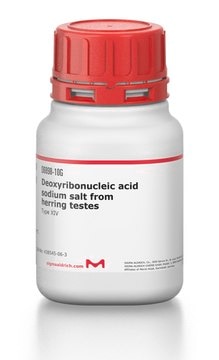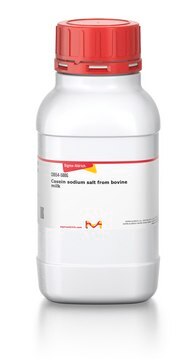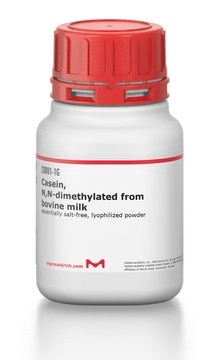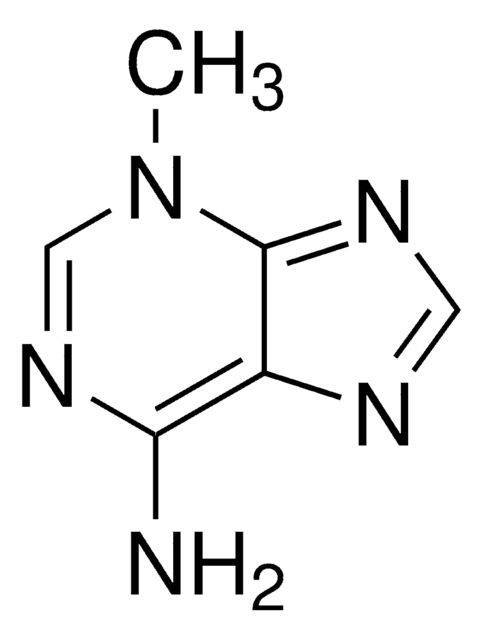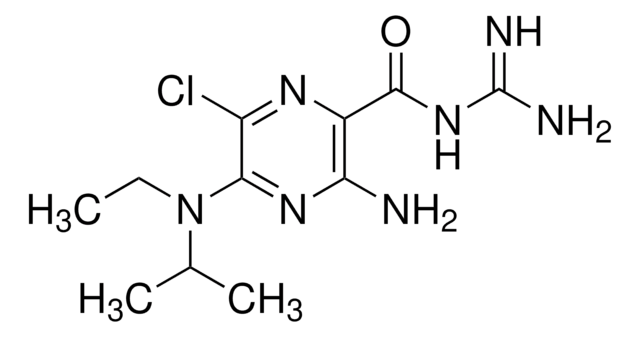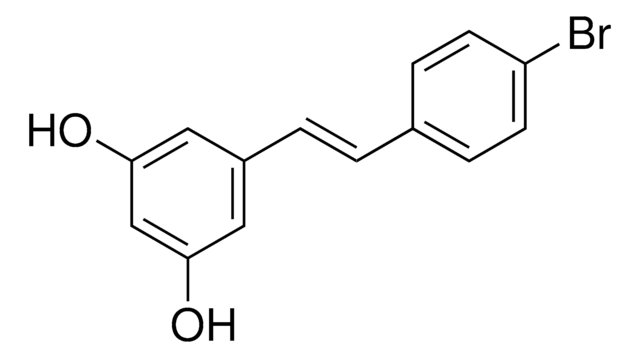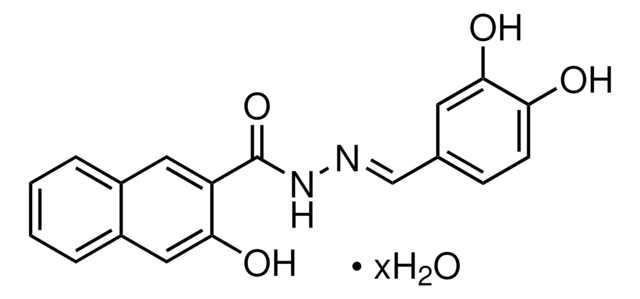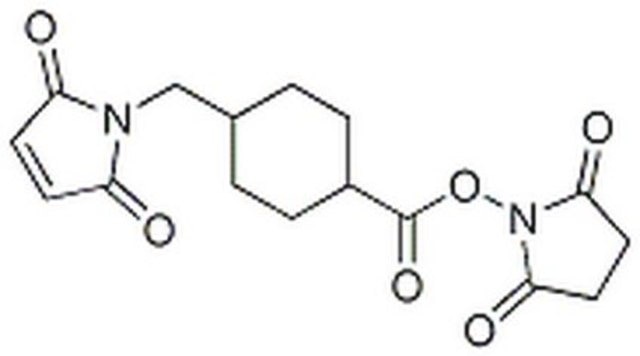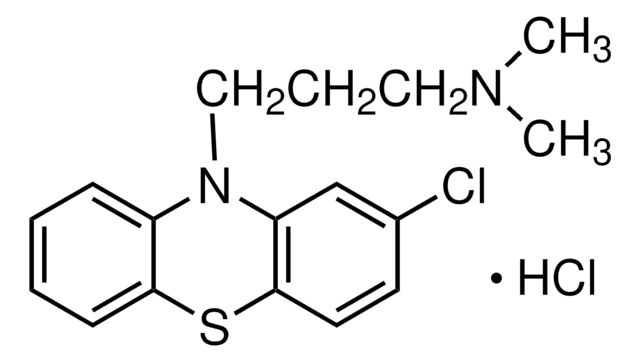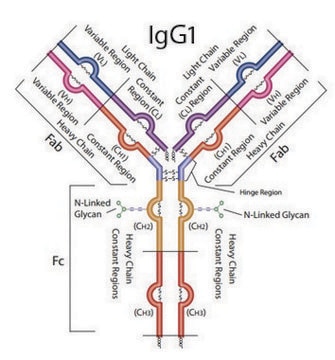D4008
Dansylcadaverine
≥97% (TLC)
Synonym(s):
N-(5-Aminopentyl)-5-dimethylaminonaphthalene-1-sulfonamide, N-(Dimethylaminonaphthalenesulfonyl)-1,5-pentanediamine, Monodansyl cadaverine
About This Item
Recommended Products
Quality Level
assay
≥97% (TLC)
form
powder
storage temp.
−20°C
SMILES string
CN(C)c1cccc2c(cccc12)S(=O)(=O)NCCCCCN
InChI
1S/C17H25N3O2S/c1-20(2)16-10-6-9-15-14(16)8-7-11-17(15)23(21,22)19-13-5-3-4-12-18/h6-11,19H,3-5,12-13,18H2,1-2H3
InChI key
MLEBFEHOJICQQS-UHFFFAOYSA-N
Looking for similar products? Visit Product Comparison Guide
Related Categories
General description
Application
- as an endocytosis inhibitor in human proximal tubular HK-2 cells,(62) mouse J774A.1 macrophages and human A549 epithelial cells(63)
- to label autophagic vacuoles in cardiomyocytes for fluorescence microscopy studies(64)
- in monodansylcadaverine (MDC) staining of fibroblasts in Ankylosing spondylitis (AS) samples(65)
Biochem/physiol Actions
Packaging
Other Notes
signalword
Warning
hcodes
Hazard Classifications
Eye Irrit. 2 - Skin Irrit. 2 - STOT SE 3
target_organs
Respiratory system
wgk_germany
WGK 3
flash_point_f
Not applicable
flash_point_c
Not applicable
ppe
dust mask type N95 (US), Eyeshields, Gloves
Certificates of Analysis (COA)
Search for Certificates of Analysis (COA) by entering the products Lot/Batch Number. Lot and Batch Numbers can be found on a product’s label following the words ‘Lot’ or ‘Batch’.
Already Own This Product?
Find documentation for the products that you have recently purchased in the Document Library.
Customers Also Viewed
Our team of scientists has experience in all areas of research including Life Science, Material Science, Chemical Synthesis, Chromatography, Analytical and many others.
Contact Technical Service